I never thought I’d stumble across ancient Roman “bikini girls” tucked away in the Sicilian countryside. But there they were, frozen in time on the floor mosaics at Villa Romana del Casale near Piazza Armerina.
These ten mosaic girls—often called the “Bikini Girls”—are actually athletes from the 4th century. They wear what looks a lot like modern two-piece swimwear as they compete in different sports.
Getting there meant winding through Sicily’s golden hills, far from the busy streets of Palermo and Taormina. When I finally reached the mosaics, their vibrancy and lifelike detail genuinely surprised me.
These weren’t just decorative tiles—they formed part of an elaborate floor in what used to be a luxurious Roman villa.
What really sets this place apart isn’t just the bikini-clad athletes. The mosaics capture scenes from daily Roman life with a vividness that’s almost unsettling.
They show women lifting weights and throwing discuses, challenging everything I thought I knew about gender roles in ancient Rome.
If you’re heading to Sicily, you shouldn’t miss this hidden archaeological gem. It offers a look into the past that most tourists never get.

Discovering the Ancient Bikini Girls of Sicily
While traveling through Sicily, I stumbled on one of the ancient world’s most unexpected treasures—mosaics of young women wearing what look like modern bikinis.
These incredible artworks shed light on Roman life nearly 2,000 years ago.
Uncovering the Villa Romana del Casale
The Villa Romana del Casale near Piazza Armerina houses these remarkable mosaics. I found it wild that this sprawling Roman villa stayed hidden for centuries until major excavations in the 20th century.
Around 1960, archaeologists uncovered the “Gymnasts’ Room,” also called the “Room of the Ten Girls” or “Sala delle Dieci Ragazze.”
The villa is enormous—a luxury retreat that once belonged to a wealthy Roman official. As I wandered through the rooms, I noticed how well the mosaics survived, thanks to mudslides that buried the villa and kept everything safe.
What really caught my attention was the detail and the surprising outfits. The mosaics show young female athletes in two-piece garments that look a lot like bikinis.
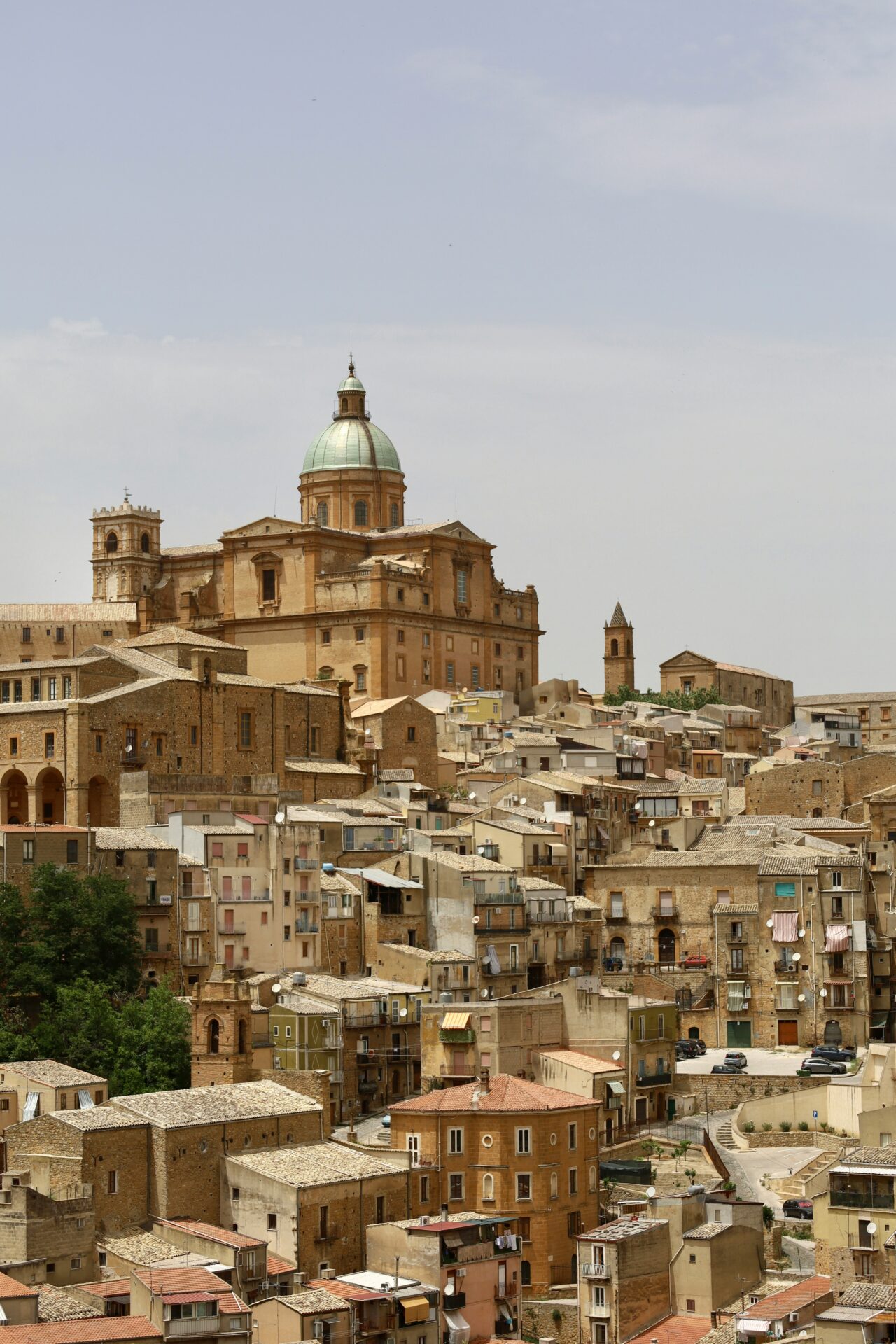
First Impressions in Piazza Armerina
My search for these ancient bikini girls started in Piazza Armerina, a charming medieval town in central Sicily. The villa sits just a few miles outside the town.
Honestly, I felt skeptical at first—did Roman women really wear something so close to modern swimwear?
But when I saw the mosaics, I was floored by the colors and quality. The “bikinis” turned out to be athletic gear for sports and exercise.
The women throw discuses, run, and play games. What struck me most was how athletic and active they looked.
It completely upended my ideas about women in ancient Rome. The craftsmanship is stunning—tiny colored tiles create lifelike movement and expression.
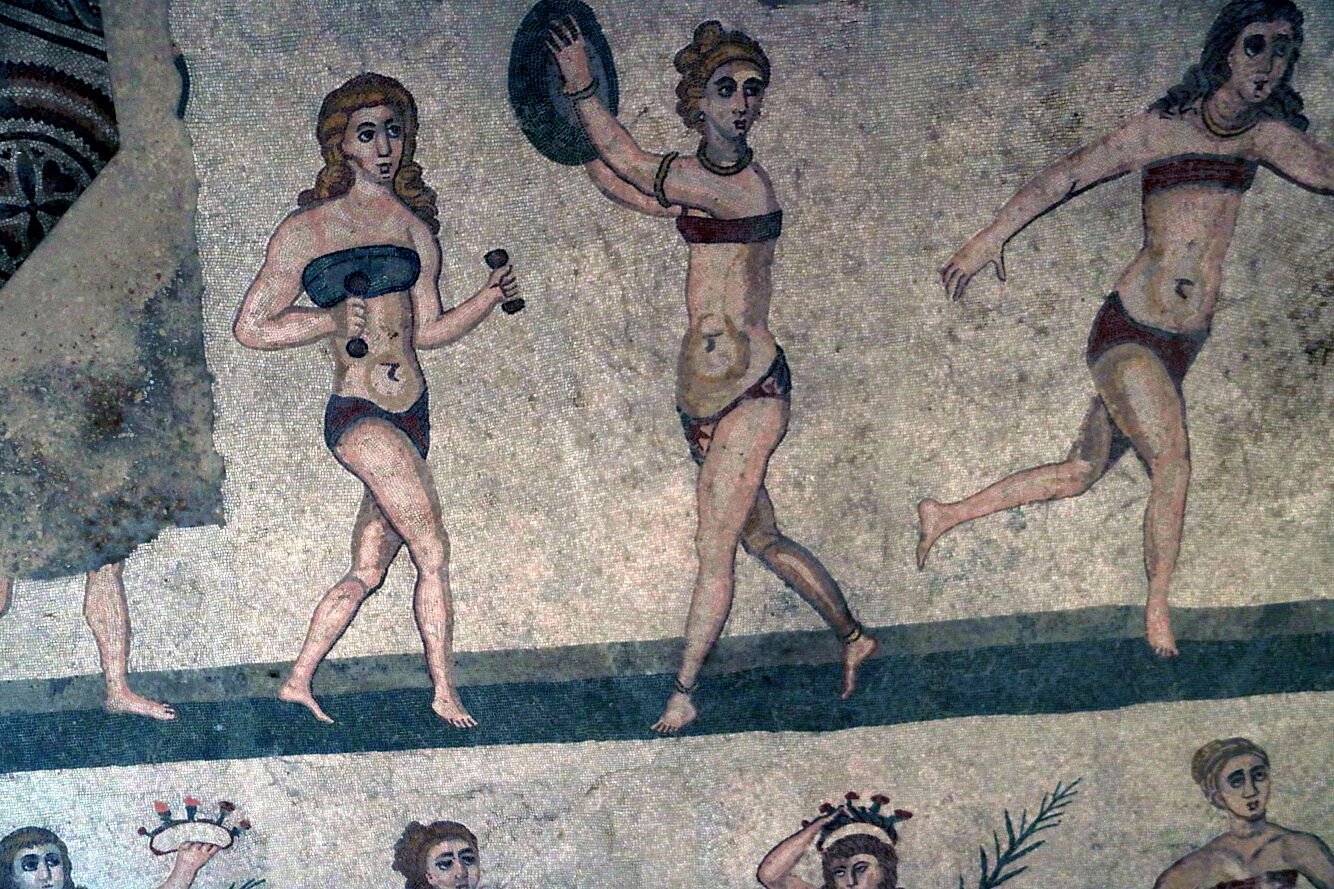
Why Sicily Became the Unexpected Home of Ancient Swimwear
Sicily’s spot in the Mediterranean made it a cultural crossroads and a favorite getaway for wealthy Romans. The island’s climate and location drew Roman elites who built lavish villas like the one at Piazza Armerina.
The “bikini girls” mosaic probably reflects the villa owner’s love of athletics and maybe some Greek influence, since Greek culture valued sports so much.
Some historians think the women represent athletes in competitions similar to the ancient Olympics.
Sicily’s volcanic soil and unique environment preserved these mosaics better than most others in the Roman world. Mudslides buried the villa, keeping the mosaics in incredible condition.
It’s fascinating—while Europe changed dramatically, these images sat underground, perfectly preserved, waiting to surprise us with their almost modern style.

The History and Mystery Behind the Bikini Mosaics
Standing before these colorful tiles, I couldn’t help but marvel at women from nearly 2,000 years ago dressed in what looked like modern bikinis.
These mosaics reveal unexpected sides of Roman culture and make you rethink what you know about ancient fashion.
Origins of the Ancient Two-Piece Swimsuit
Archaeologists found the famous “bikini girls” mosaic at Villa Romana del Casale near Piazza Armerina in Sicily. The artwork dates to the 4th century CE and shows young women in two-piece outfits that look a lot like bikinis introduced in 1946.
But these weren’t swimsuits. Research shows they were athletic gear for women competing in sports.
The outfits consist of a bandeau-style top and a brief bottom—practical for moving freely.
Rather than being scandalous, these clothes just made sense for the activities shown.
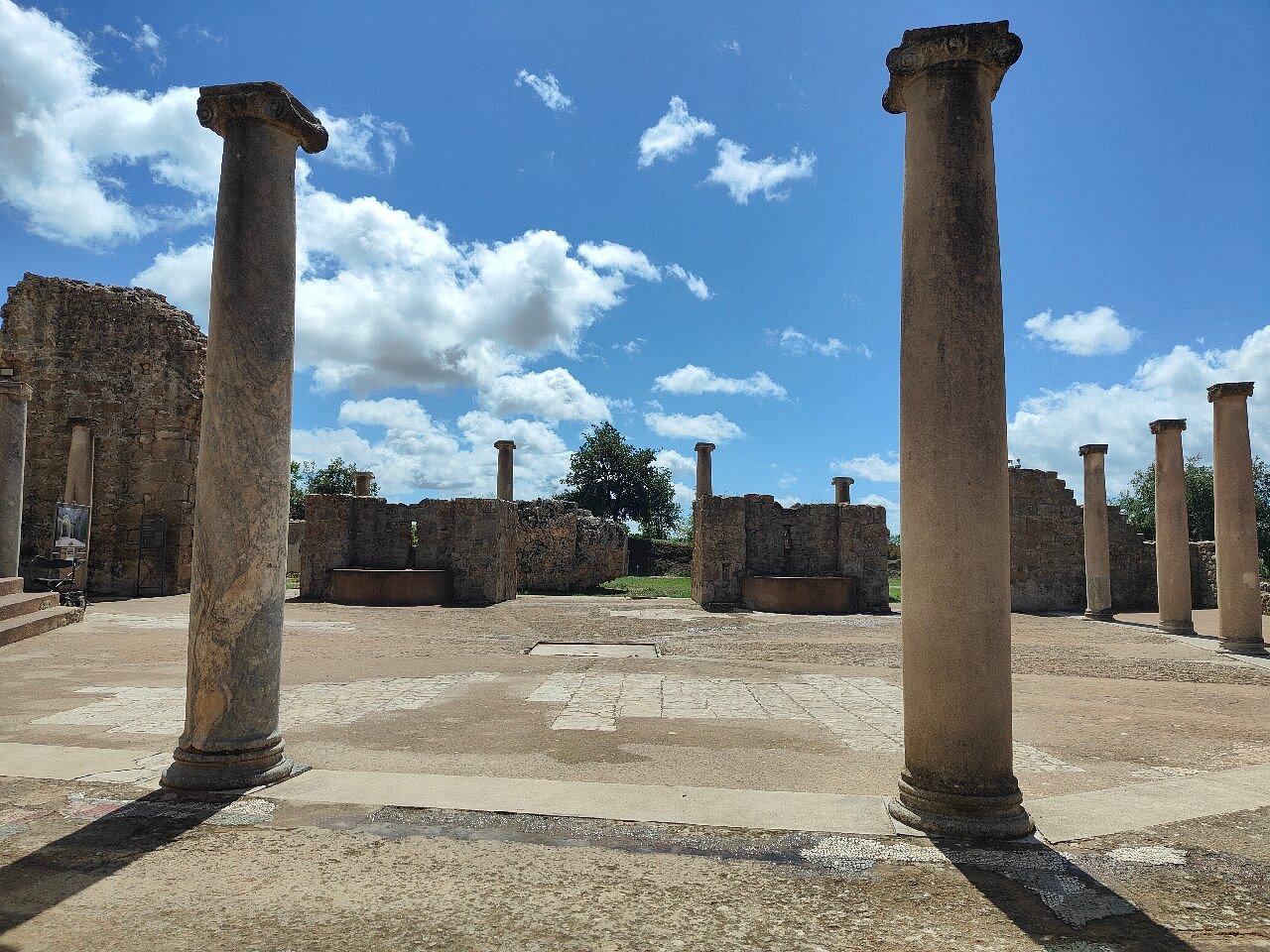
Exploring the Daily Life Captured in Mosaic Images
As I walked through the villa, I noticed how the bikini mosaic gives us a rare peek into the lives of elite Roman women.
The scenes show women exercising, throwing discuses, running, and playing ball—things you almost never see in ancient art.
The detail is incredible. The mosaics preserve not just clothing, but hairstyles, jewelry, and even facial expressions.
Some women wear laurel wreaths, hinting they might be contest winners.
Historians think a wealthy Roman—maybe someone tied to the imperial family—lived here. The villa’s elaborate mosaics show off enormous wealth and taste.
Mud from landslides buried the villa for centuries, keeping the mosaics’ vibrant colors and details intact.
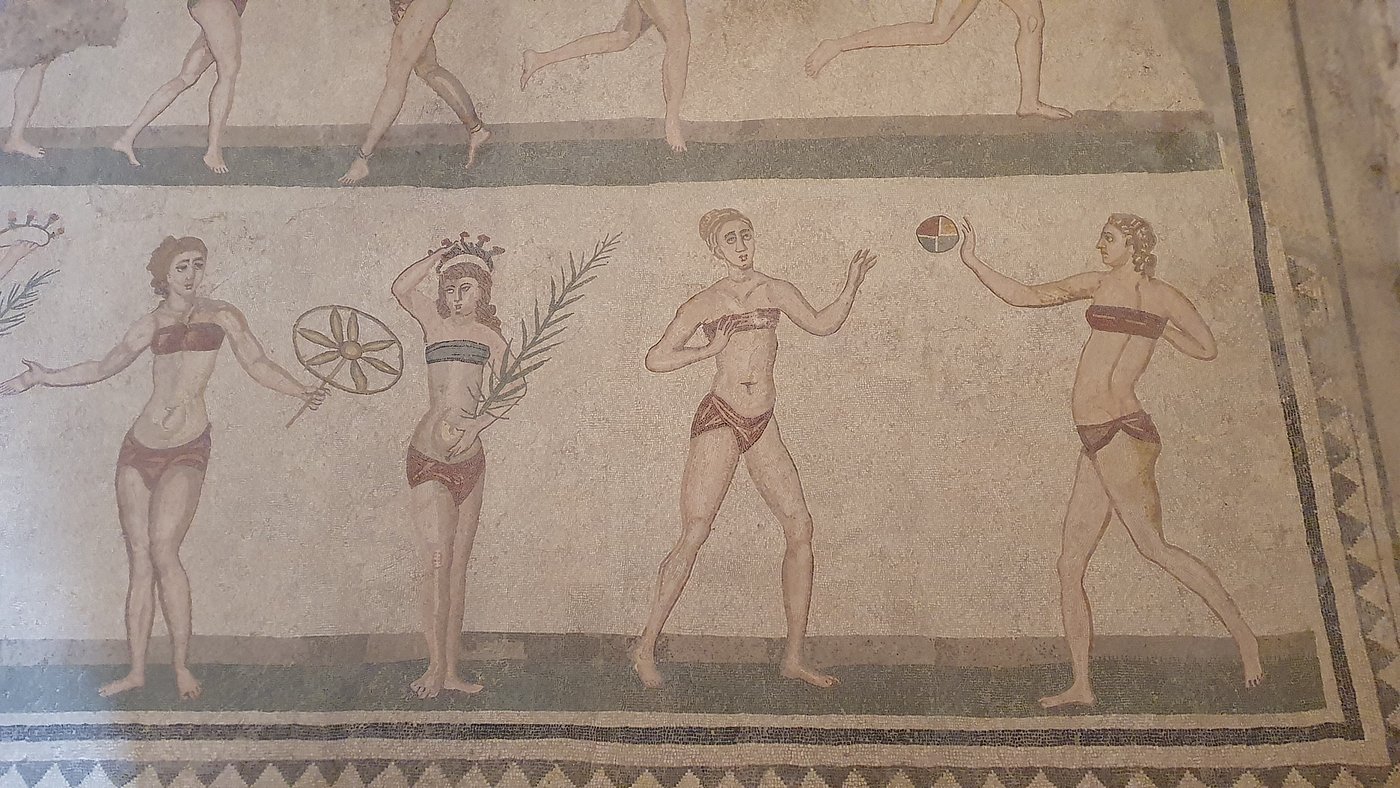
The Role of Beach Volleyball in Roman Times
People often mistake the mosaics for scenes of ancient beach volleyball, but that’s not really accurate.
Romans played all sorts of ball games, including one called trigon, where three people passed a small ball.
Another favorite was harpastum, a team sport kind of like rugby. The women in the mosaics seem to be playing with a pila, a small ball used for different games.
These weren’t casual beach pastimes but organized sports with set rules.
Athletic competition mattered in Roman culture, though women had fewer chances to participate.
The “bikini girls” mosaic really shakes up our assumptions. These women weren’t just sunbathers—they might’ve been professional performers or athletes entertaining villa guests.
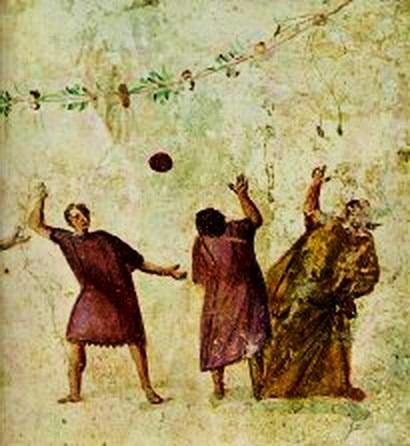
Modern Bikini Legends and Cultural Impact
The ancient Roman bikini mosaics at Villa Romana del Casale set a surprising precedent for modern swimwear.
As I walked those ancient halls, I kept thinking about how these images connect to moments that changed beach fashion forever.
Louis Réard and the Reinvention of Swimwear
In 1946, French engineer Louis Réard introduced the modern bikini. He named it after Bikini Atoll, where atomic bomb tests were happening—implying his design would be just as explosive.
Europe, fresh out of World War II, was ready for something bold. Réard’s bikini used only 30 square inches of fabric, much less than any other swimsuit at the time.
When I saw the Roman mosaics, I was amazed by the resemblance between the ancient athletic wear and Réard’s design.
Nearly 1,700 years apart, yet the basic idea barely changed.
Réard’s bikini caused controversy but soon transformed beach culture. His clever marketing (“smaller than the world’s smallest swimsuit”) helped the bikini go from scandal to symbol of freedom.

Micheline Bernardini’s Iconic Moment
On July 5, 1946, Micheline Bernardini—a nude dancer from the Casino de Paris—became the first to model Réard’s bikini.
No fashion model would touch it; it was just too shocking.
She stood before a crowd at Piscine Molitor in Paris and became an instant sensation.
The press went wild. Bernardini received more than 50,000 letters, most from men, after her appearance.
Seeing the Roman mosaics, I thought of Bernardini’s boldness. Both she and the ancient athletes seemed comfortable in their own skin, challenging what society expected.
Bernardini’s confidence helped the bikini become accepted. Within a few years, stars like Brigitte Bardot embraced the look, and the bikini’s journey from scandal to staple began.
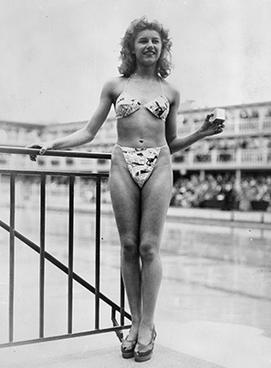
Ursula Andress: From Sicily to Hollywood
The bikini hit legendary status when Ursula Andress walked out of the Caribbean surf in the first James Bond movie, Dr. No (1962). Her white bikini and diving knife created one of film’s most iconic images.
There’s a funny connection here—Sicily has influenced Hollywood, and Andress herself filmed in Sicily for other projects.
Her white bikini later sold at auction for over $60,000, which says a lot about its cultural power.
That beach scene turned the bikini into a symbol of female empowerment.
As I wandered Villa Romana del Casale, I wondered if those mosaic athletes were spiritual ancestors of icons like Andress. Both celebrated athletic beauty in their own eras.

Capturing the Experience: Visual Treasures
Visiting Villa Romana del Casale turned into a visual feast. I couldn’t wait to share what I saw with others.
The famous “Bikini Girls” mosaic came alive through my camera, preserving the experience long after I left Sicily.
The Best Panoramic Images and Videos
Capturing the entire “Bikini Girls” mosaic took patience and the right gear. Panoramic shots worked best to show all the athletic women in their ancient “bikinis.”
The morning light streaming through the villa’s protective roof made the colors pop.
Honestly, my phone’s panorama mode did a decent job, though I wished I’d packed a wide-angle lens for my DSLR.
The best photos came from the far corner of the viewing platform.
Videos brought the scene to life in a way photos couldn’t—a slow pan revealed subtle differences in the athletes’ poses and the ball they played with.
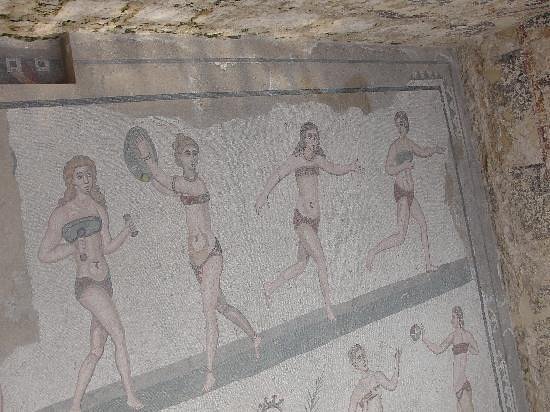
Using Stock Photos and Vectors to Relive History
Before my trip, I gathered stock photos of Villa Romana del Casale to plan my visit. These images helped me know what to expect and gave me context I didn’t find in guidebooks.
After I got home, I paired my photos with vector illustrations showing what the villa might have looked like in Roman times.
This mix helped me tell a fuller story of my experience.
Stock images from different seasons showed how lighting changes throughout the year. I learned that late morning offers the best natural light for photos.
I also found free-to-use vectors of Roman athletic competitions, which helped me understand what events the “Bikini Girls” might have been part of.

Practical Tips for Visiting Sicily’s Hidden Gems
Sicily is packed with ancient treasures way off the usual tourist trail.
Villa Romana del Casale, with its famous “bikini girls” mosaic, is just one highlight in an island full of wonders and gorgeous countryside.
Planning Your Trip to the Villa Romana del Casale
The best time to visit is spring (April-May) or fall (September-October), when it’s not too hot and crowds are thinner.
I arrived around 9 AM on a weekday and had the place almost to myself for the first hour.
Entry is about €10, but I recommend the combined ticket that covers nearby archaeological sites—it’s a better deal.
Photography is allowed (just skip the flash), so bring your camera!
The villa covers over 3,500 square meters of mosaics. I spent nearly three hours wandering, so wear comfortable shoes and carry water.
If you want to really understand the mosaics—especially those famous athletic “bikini girls”—consider hiring a local guide at the entrance (about €50). They’ll help bring the ancient stories to life.
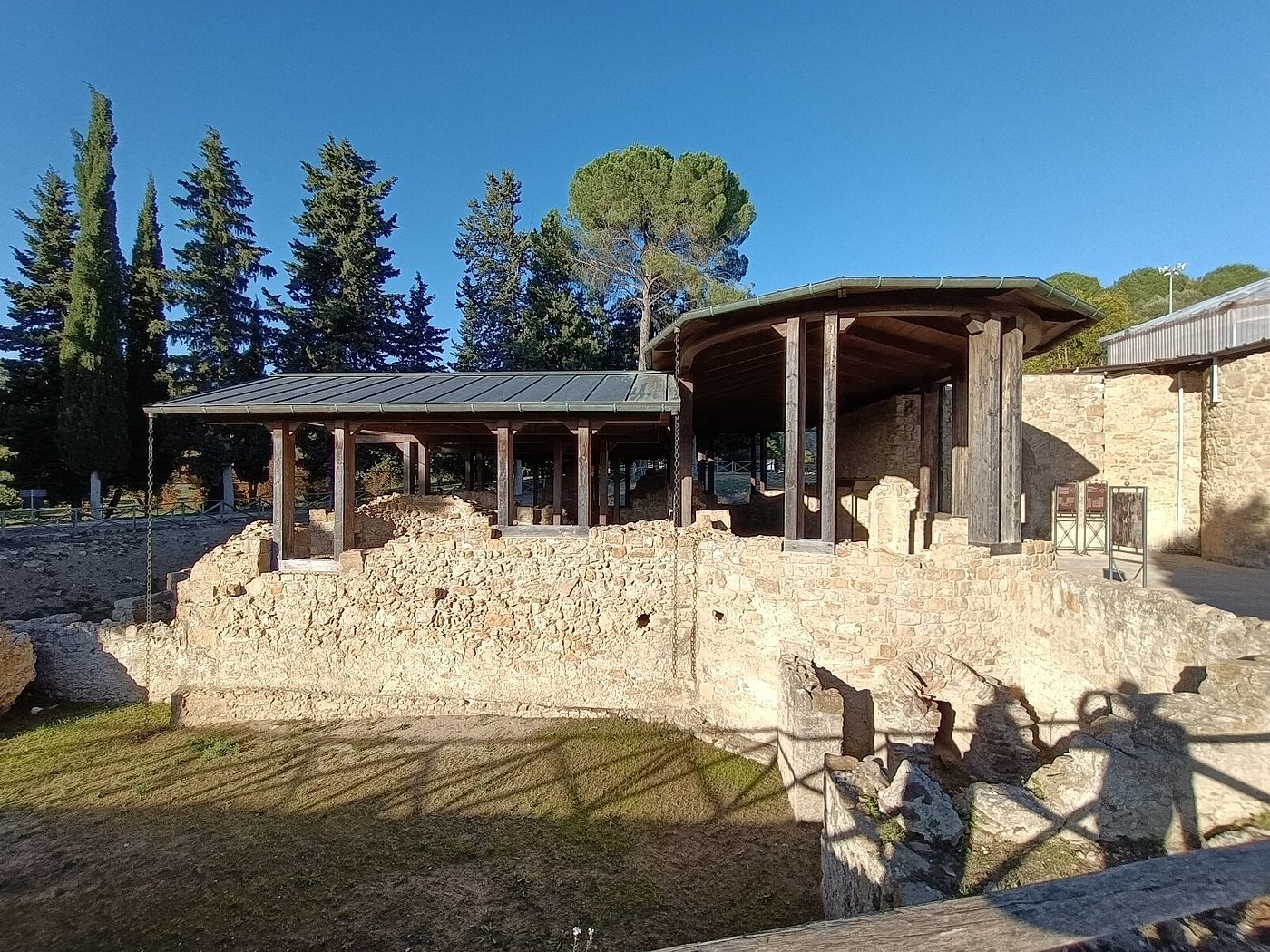
Insider Advice for Enjoying the Sicilian Countryside
Honestly, if you want to explore rural Sicily, you pretty much have to rent a car. Public transportation exists, sure, but it just doesn’t get you to many of the hidden gems.
I went with a local rental company and got a much better deal than what the big international agencies offered.
The roads wind through the hills and can get pretty narrow, especially up in the mountains. My GPS got confused more than once, so I made sure to download offline maps as a backup.
Local agriturismi—those farm stays—give you a real taste of Sicily and the food is just out of this world. I stayed at one near Piazza Armerina, and they served these incredible home-cooked meals, all made with stuff straight from their garden.
Don’t try to cram too much in! Sicily really rewards you if you slow down. I never planned more than two big sites a day, which left me open for little surprises—like the tiny family-run restaurant where I swear I had the best pasta of my life.
And hey, don’t forget to pack your beach gear. Even when you’re deep in the countryside, some gorgeous beaches are just a quick detour from the old towns and ruins.
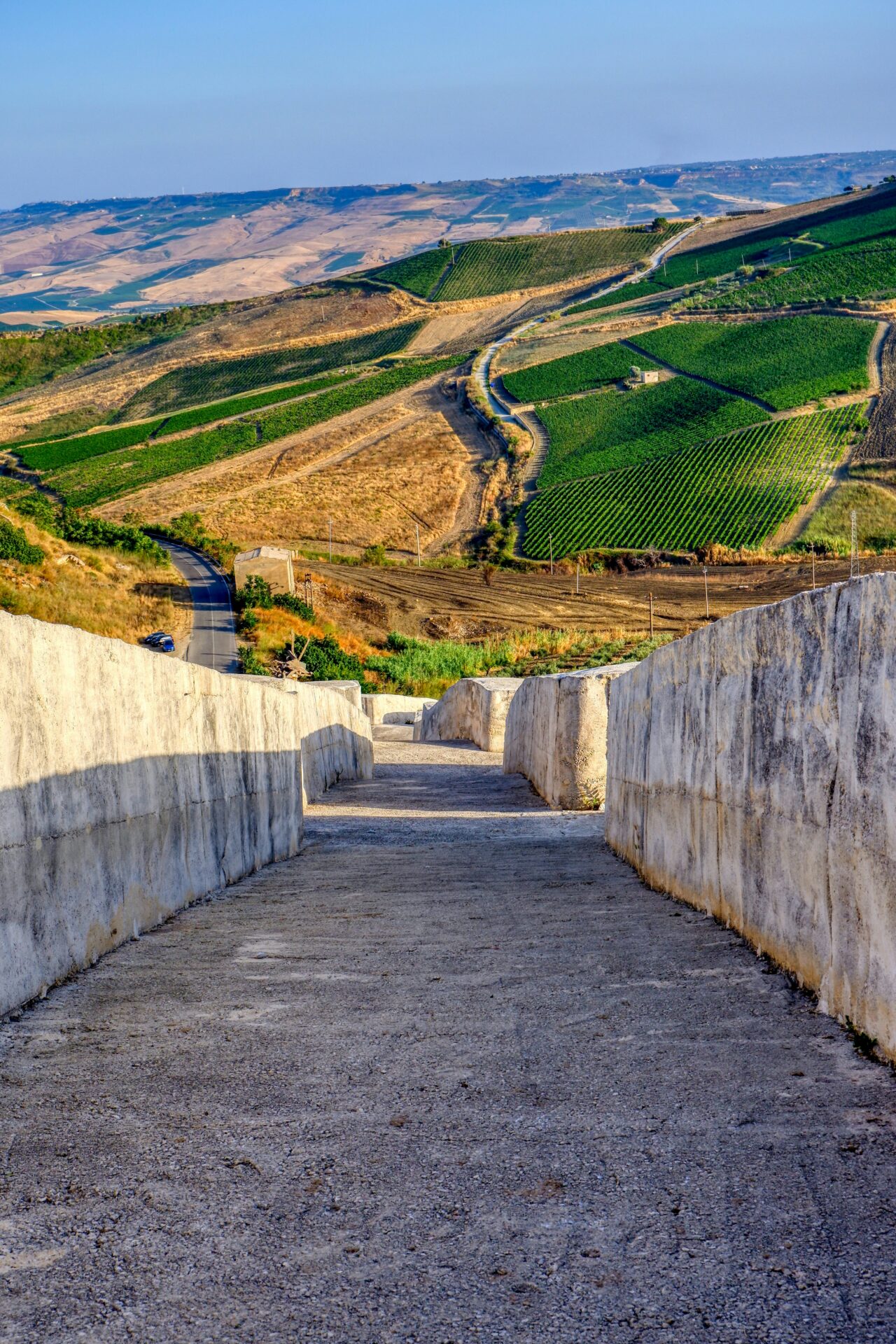
How to Get 30% Off and Subscribe to the Newsletter
I managed to save 30% on my accommodations after I signed up for the “Sicily Insider” newsletter before my trip.
Just head over to SicilyInsider.com and punch in code FLASH30% when you book through their partner hotels.
The newsletter drops monthly updates about lesser-known festivals, temporary exhibitions, and those seasonal events that most tourists just never hear about.
I actually found out about a local olive harvest festival from one of their emails.
When you subscribe, you also get access to printable driving maps.
These maps highlight viewpoints and picnic spots that regular tourist maps leave out.
Honestly, those maps helped me find some amazing scenic places far from the crowds.
A lot of small museums and private collections will give you discounts if you show your newsletter subscription confirmation.
I flashed the email on my phone and got 30% off at three different sites—pretty great deal, right?

